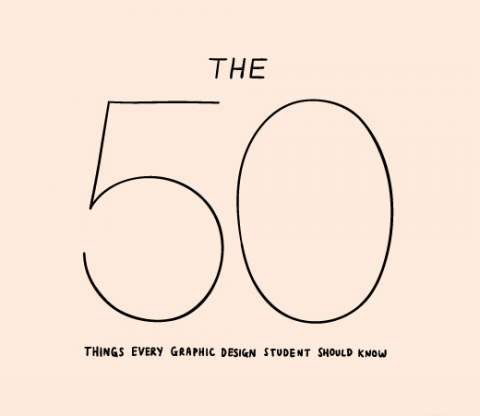I love the connection of the violin to Lord Byron,
and that something so precious has a purpose for something useful.
 |
| The violin is revered for the quality of its condition |
Stradivarius to be sold to raise money for Japan quake
The Lady Blunt set a record price every time it was sold last century.An exceptionally well-preserved Stradivarius violin, the Lady Blunt, which fetched $10m at its last sale in 2008, is to be auctioned for charity.
The 1721 violin is being sold by the Nippon Music Foundation, with the entire proceeds going to their Northeastern Japan Earthquake and Tsunami Relief Fund.
Auctioneers Tarisio said they will sell the instrument online on 20 June.
Christopher Reuning, of Reuning & Son Violins in Boston, which sells and certifies instruments, said: "Rarely does a Stradivarius of this quality in such pristine condition and with such significant historical provenance come up for sale.
"It still shows the tool-marks and brushstrokes of Stradivari. The Lady Blunt is perhaps the best-preserved Stradivarius to be offered for sale in the past century."
Tarisio described the foundation's decision to sell "what is considered the finest violin of their collection" as "a gesture of profound generosity".
Japan's latest police figures stated that 14,704 people are known to have died and another 10,969 remain missing following the earthquake and tsunami in March.
The violin was named after one of its owners, Lady Anne Blunt, the granddaughter of the poet Lord Byron.
It has also been owned by several well-known collectors and experts including WE Hill & Son, Jean Baptiste Vuillaume, the Baron Johann Knoop and Sam Bloomfield.
The Nippon Music Foundation owns some of the world's finest Stradivari and Guarneri instruments.
Its president, Kazuko Shiomi, said: "Each of the instruments in our collection is very dear to us.
"However, the extent of the devastation facing Japan is very serious and we feel that everyone and every organisation should make some sacrifice for those affected by this tragedy."
"However, the extent of the devastation facing Japan is very serious and we feel that everyone and every organisation should make some sacrifice for those affected by this tragedy."




